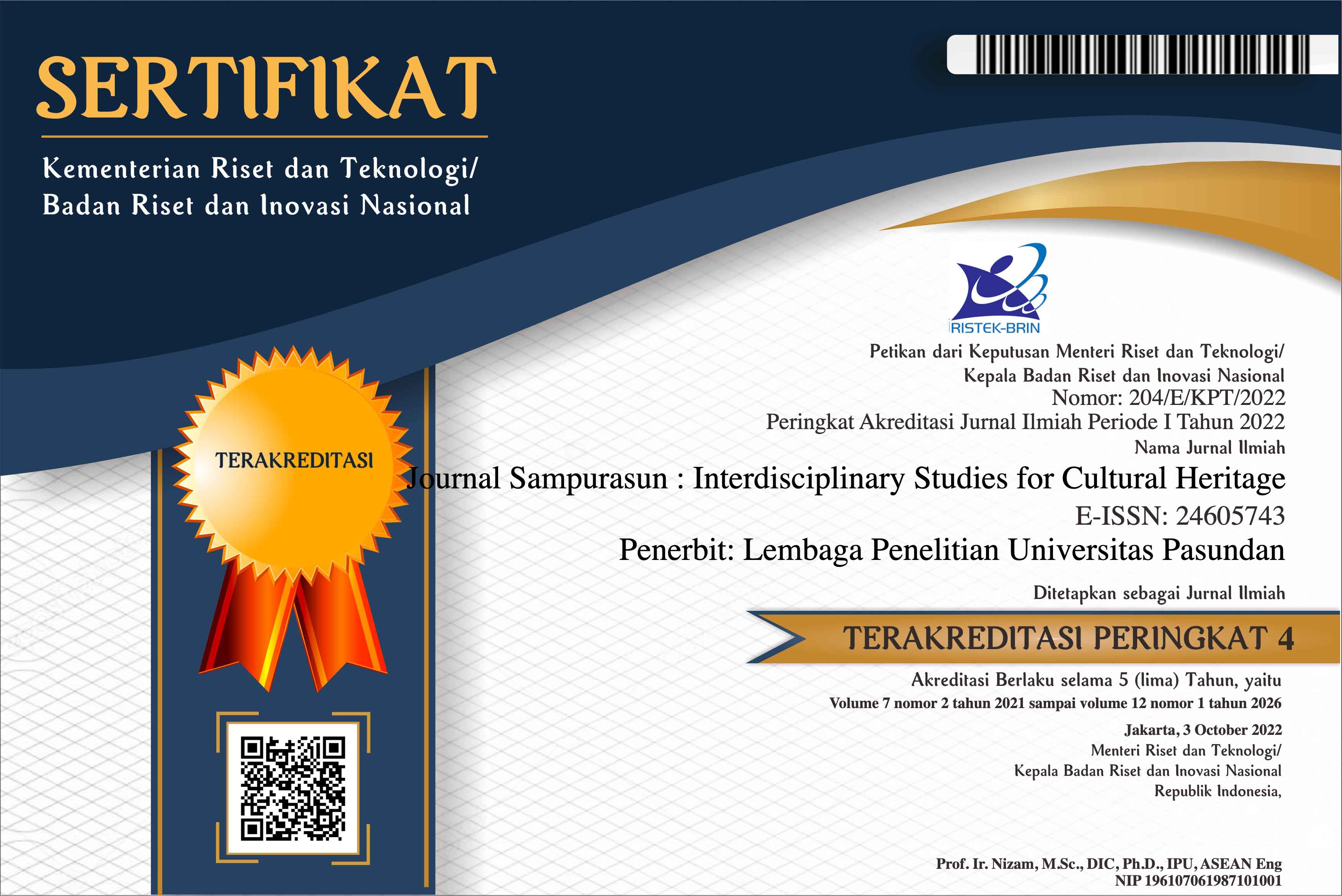PERCEPTIONS OF TEACHERS ON THE USE OF HISTORY IN TEACHING MATHEMATICS
DOI:
https://doi.org/10.23969/sampurasun.v2i2.18Abstract
Abstract
In this study, we looked into the views of teachers on the use and the extent of their use of mathematics history in the classroom. A total of 72 teachers across the three levels-primary, secondary, and tertiary, from both public and private schools participated in the study. It was found out that there was no significant difference in the perceptions on the use of history of teachers across level but there was a significant difference in the perceptions of teachers depending on whether they came from a private or public school. In terms of the extent of use, teachers, regardless of the level and type of school in which they came from, sometimes use teaching methods which incorporate the history of mathematics.
Keywords: History, Mathematics Education, Perceptions, Teaching Methods
Downloads
References
References
Charalambous, C.Y., Panaoura, A., Philippou G. (2009). Using the history of mathematics to induce changes in preservice teacher’s beliefs and attitudes: insights from evaluating a teacher education program. Educational Studies in Mathematics, 71, 161-180.
Farmaki, V., Paschos, T. (2007). Employing genetic ‘moments’ in the history of mathematics in the classroom activities. Educational Studies in Mathematics, 66, 83-106.
Fauvel, J. & van Maanen, J. (Eds.) (2000). History in Mathematics education. The ICMI Study. Dordrecht: Kluwer Academic
Fried, Michael N. (2007). Didactics and History of Mathematics: Knowledge and Self-Knowledge. Educational Studies in Mathematics,66, 203-223.
Furinghetti, F. (2007). Teacher Education through the history of mathematics. Educational Studies in Mathematics, 66, 131-143.
Gulikers, I, Blom, K. (2001). ‘A Historical Angle’, A survey of recent literature on the use and value of history in geometrical education. Educational Studies in Mathematics, 47, 223-258.
Jankvist, Uffe T.(2009). A Categorization of the “whys” and “hows” of using history in mathematics education. Educational Studies in Mathematics , 71, 235-261.
Katz, Victor J. (2007).Stages in the History of Algebra with Implications for Teaching. Educational Studies in Mathematics, 66, 185-201.
Lahoylahoy, Myrna E. (2003). Effects of Integrating History in Mathematics on High Schools Cognitive and Affective Learnings. Ph.D. Dissertation, Univeristy of the Philippines Open University, Quezon City.
Otte, Michael (2007).Mathematical history, philosophy and education. Educational Studies in Mathematics, 66, 243-255.
Swetz, Fauvel, Bekken, Johansson, & Katz (eds.). Learn From the Masters. Washington D.C. Mathematical Association of America, 1995
Tzanakis, C., & Arcavi, A. (2000). Integrating History of Mathematics in the Classroom: An Analytic Survey. Dordrecht: Kluwer Academic, pp. 201-240.
Downloads
Published
Issue
Section
License
Copyright Notice
Authors should not withdraw their submitted papers because the withdrawal wastes voluntary works devoted by an associate editor and reviewers. But, we accept the withdrawal of a submitted paper if authors have unavoidable reasons. In the event that a manuscript is to be withdrawn from submission to Sampurasun Journal, a letter must be sent to the editorial office requesting withdrawal by e-mail (sampurasunjournal@unpas.ac.id) with its scanned PDF file, before the notification of acceptance for publication.
The withdraw request letter must include the following information. Paper ID, Paper title, Authors names, Reason why the paper must be withdrawn, and Date and signatures of all the authors (or signature of the contact author).
If only the contact author signs the letter, he/she must obtain the agreement of the withdrawal from all the other authors and the letter must include the description that all the other authors agreed the withdrawal. The journal will not withdraw a manuscript from peer review until such a letter has been received. Authors must not assume their manuscript has been withdrawn until they have received appropriate notification from the editorial office. Withdrawal of a manuscript subsequent to acceptance for publication will only be granted in the most exceptional of circumstances.
After the paper is accepted for publication, the withdrawal is not permitted in principle. The authors must always pay the charge even if the withdrawal is permitted. Any request of withdrawal that does not follow the above procedure is treated as invalid. If illegal submission, e.g., plagiarized or duplicate submission, is found for a paper, the withdrawal of the paper will never be permitted and the authors will be punished based on the rule. It is not acceptable practice to withdraw a manuscript in the event of acceptance at another journal. This constitutes dual submission. The editorial office of the other journal will be notified of your actions. In such circumstances Sampurasun ISCH may chose to impose appropriate punitive action subject.
Withdrawal Penalty
Author is not allowed to withdraw submitted manuscripts, because the withdrawal is waste of valuable resources that editors and referees spent a great deal of time processing submitted manuscript, money and works invested by the publisher. If author still requests withdrawal of his/her manuscript when the manuscript is still in the peer-reviewing process, author will be punished with paying $200 per manuscript, as withdrawal penalty to the publisher. However, it is unethical to withdraw a submitted manuscript from one journal if accepted by another journal. The withdrawal of manuscript after the manuscript is accepted for publication, author will be punished by paying US$500 per manuscript. Withdrawal of manuscript is only allowed after withdrawal penalty has been fully paid to the Publisher. If author don't agree to pay the penalty, the author and his/her affiliation will be blacklisted for publication in this journal. Even, his/her previously published articles will be removed from our online system.


















